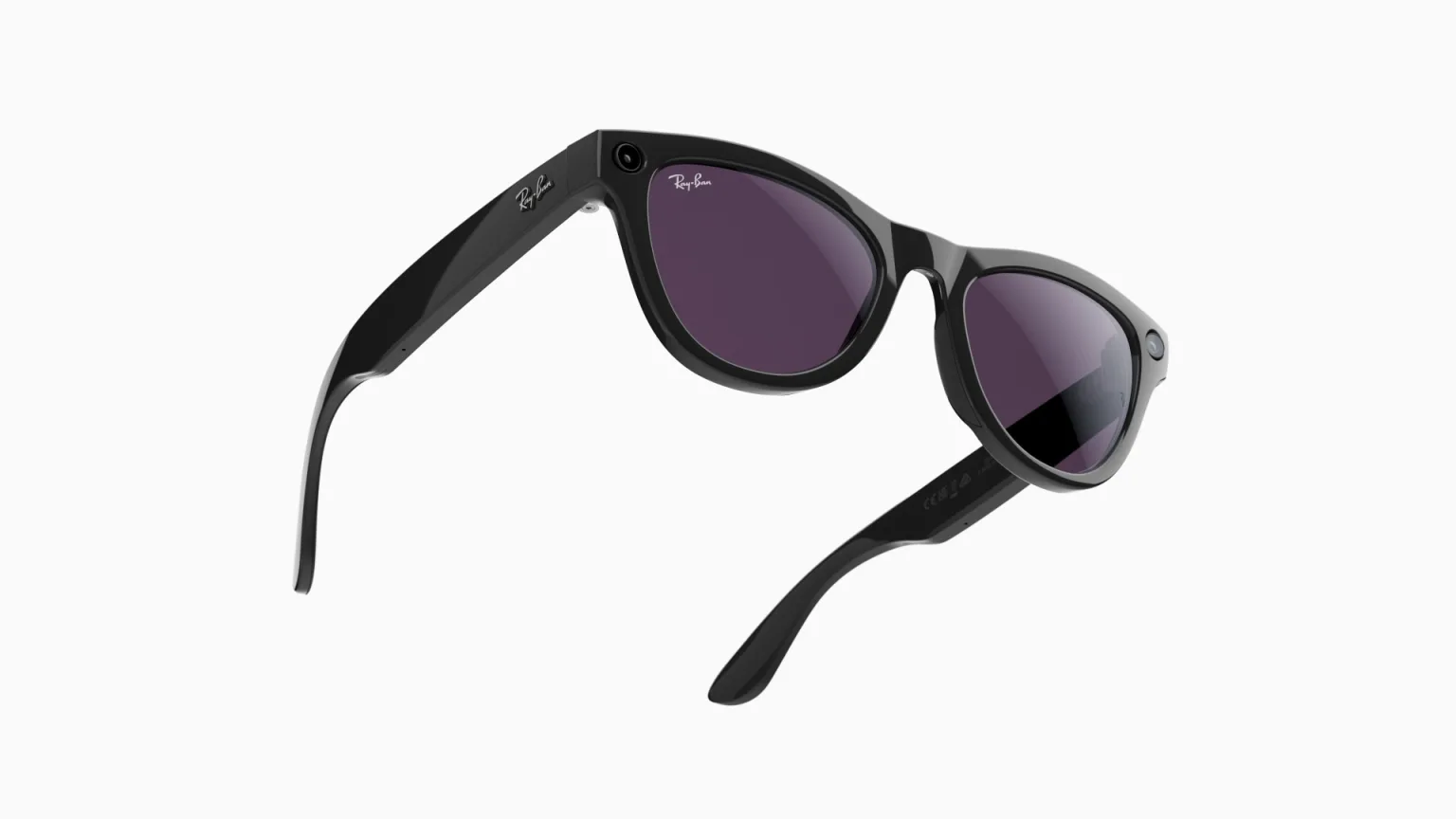The Apple AR glasses project has reportedly been shelved by the company as it struggled to make viable engineering progress with releasing the device to the market, according to a new report by Bloomberg‘s Mark Gurman.
The report says that the Apple AR glasses initiative was officially shuttered as of this week. The contended device wouldn’t have been a standalone one as it would require tethering with a Mac to offload demanding processing. Apple hoped for its AR glasses to include built-in screens to display relevant information while looking like normal glasses. However, prototypes of the device were too clunky and expensive.
The Apple AR glasses were originally hoped to go on sale by 2027, and the company attempted to completely redesign the device before canceling it for good. The original design of the glasses called for it to be connected to the iPhone much like the Apple Watch. However, it consumed too much processing power and negatively affected the iPhone’s battery life. The experience wasn’t much improved when the AR glasses were connected to a Mac, failing to impress Apple’s executives during demos, who ultimately opted to wind down the project this week.

Discover new horizons, always connected with eSIM
Travel the world stress and hassle-free with the best eSIM service available. Enjoy unlimited data, 5G speeds, and global coverage for affordable prices with Holafly. And, enjoy an exclusive 5% discount.
The cancelation of the Apple AR glasses project adds to the woes of the Vision Products Group, the team responsible for VR and AR devices at the company. Morale has reportedly taken a nosedive following the project’s termination, and the Group remains uncertain over what the next VR hardware from Apple should be following the lackluster response to Vision Pro. On the other hand, Apple remains committed to working on “underlying technologies” that could adequately power AR glasses should the company decide to revive the project.
Prototypes of the canceled Apple AR glasses were much lighter than Vision Pro, a common complaint of the device. The AR glasses didn’t require straps to be worn over the wearer’s head, and they carried “advanced projectors” capable of displaying information in front of the wearer’s eyes. It would also have a feature similar to Vision Pro’s EyeSight — custom lenses that indicated if the wearer was busy or approachable to their environment by adjusting their tint.
Despite the AR glasses setback, Apple remains working on new iterations of Vision Pro to release in the short term. This possible include an upgrade to the current headset with the yet-to-be-released M5 chip and a lower-end variant with a much more approachable price tag.



